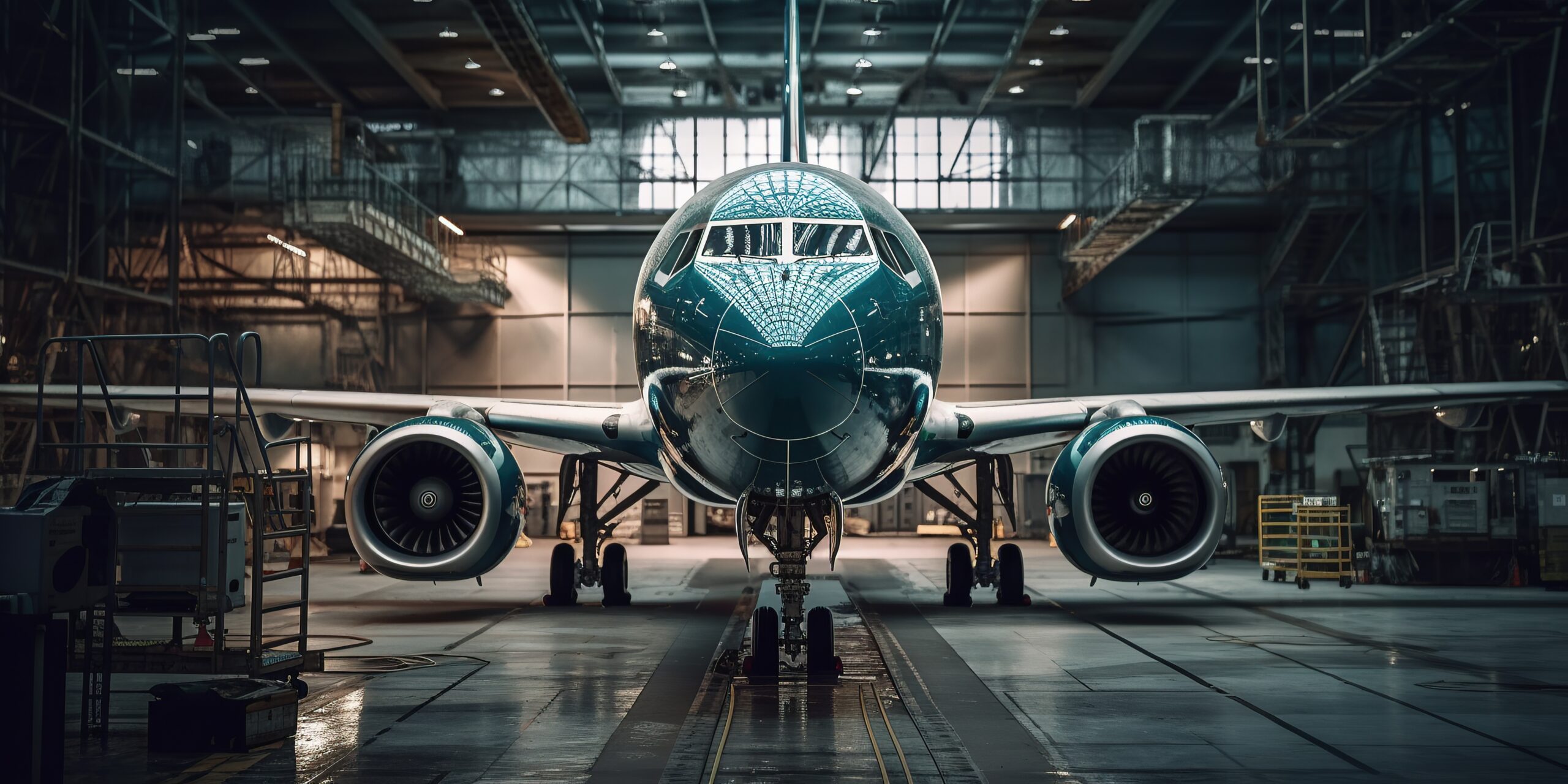The Scent That Started It All
If you ask me when my career in aviation began, I won’t say high school or trade school or the day I got my A&P license. I’ll tell you it started with the smell of airplane glue and the hum of a ceiling fan in my childhood bedroom. I was eight, maybe nine, hunched over a balsa wood model of a P-51 Mustang, fingers sticky, forehead furrowed. It was the kind of project that left glue smudges on your cheeks and a deep ache in your knees from sitting cross-legged for hours — but I was hooked.
There was something about the way those tiny parts came together to make something that looked like it could really fly. I’d press the pieces together like they were sacred. Paint the edges just right. Wait (impatiently) for the glue to dry. Then I’d take it outside, hold it up, and let the wind catch under the wings. It didn’t matter if it never left the ground. My imagination did.
From Models to Mechanics
By the time I was a teenager, I had a shelf full of model planes and a drawer full of broken ones I refused to throw away. I’d learned early that if a model broke, you could fix it. You just needed the right tools and a little patience. Turns out, that’s not so different from real planes.
I took auto shop in high school, not because I was interested in cars, but because it was the closest thing I could find to aircraft maintenance. While everyone else was trying to get the biggest subwoofer into their trunk, I was studying brake systems and air-fuel ratios. I wanted to know how machines worked — what made them tick, what made them fail, and how to bring them back to life.
It wasn’t long before someone mentioned aviation maintenance school, and something clicked. The same part of me that had once carefully glued rudders to a scale F-14 now wanted to torque bolts on the real thing.
Learning the Ropes (and Rivets)
Aviation school was like stepping into a dream. I still remember my first time pulling a cowl off a real aircraft engine. I stood there for a moment, just staring, my heart pounding like I was meeting a celebrity. The cylinders, the wiring harnesses, the smell of oil and metal — it was beautiful.
And overwhelming.
There were days I doubted myself. Times I felt like the only woman in the hangar. Moments where nothing made sense, and my hands shook from both nerves and cold. But curiosity carried me through. I wanted to know more. To understand the systems. To solve problems no one else caught.
I was still that kid with glue on her fingers — just with safety goggles and a torque wrench now.
The First Solo Fix
There’s a moment every aircraft mechanic remembers: the first solo repair. Mine was a hydraulic line on a Cessna. It wasn’t glamorous. But it mattered.
I followed the book, checked the pressure specs twice, and ran the system test with my lead mechanic watching silently from across the hangar. When the pressure held steady and no fluid leaked, he gave me a rare nod.
“Nice work, Manzano.”
I don’t think I’ve ever felt prouder.
That one fix gave me a kind of quiet confidence. Not the loud kind. The steady, earned kind. It’s the feeling of doing something right — something safe — and knowing someone’s life might depend on it.
The Joy of Knowing What Most People Don’t
Now, years later, when people ask me what I love about being an aircraft mechanic, I tell them this: it’s the joy of knowing what most people don’t.
When a passenger boards a plane, they notice the seatbelt or the drink cart. I notice the tire wear, the angle of the flaps, the faint change in pitch on startup. I hear a vibration and think “fuel flow imbalance.” I see condensation trails and think “high bypass turbofan.”
It’s not about being a know-it-all. It’s about being in on the secret. Understanding what keeps these incredible machines in the sky — and knowing I help make that happen.
Glue Still in My Toolbox
Funny thing is, I still build model planes. Not as often as I’d like, but when I need to clear my head, I’ll pull out a kit and start sanding down tiny wing spars. It brings me back. It reminds me why I started all this in the first place.
Curiosity. Hands-on learning. The thrill of making something whole.
That glue — the one that made my mom wrinkle her nose every time she walked past my room — still sits on a shelf in my garage. The tube is crusty. The label is faded. But I keep it, like a relic. A reminder that something small can spark something big.
Where Curiosity Lands You
If I could go back and talk to that little girl bent over her model kit, I’d tell her this:
Keep asking questions. Keep taking things apart and putting them back together. Don’t worry if you’re the only one who wants to talk about flaps and fuselages. That curiosity? It’s going to take you places.
It’ll land you a career in aviation. It’ll earn you respect in a field where precision is everything. It’ll give you stories — and pride — and the kind of joy that doesn’t fade with time.
And yeah — it might get a little glue on your hands. But that’s just part of the journey.
